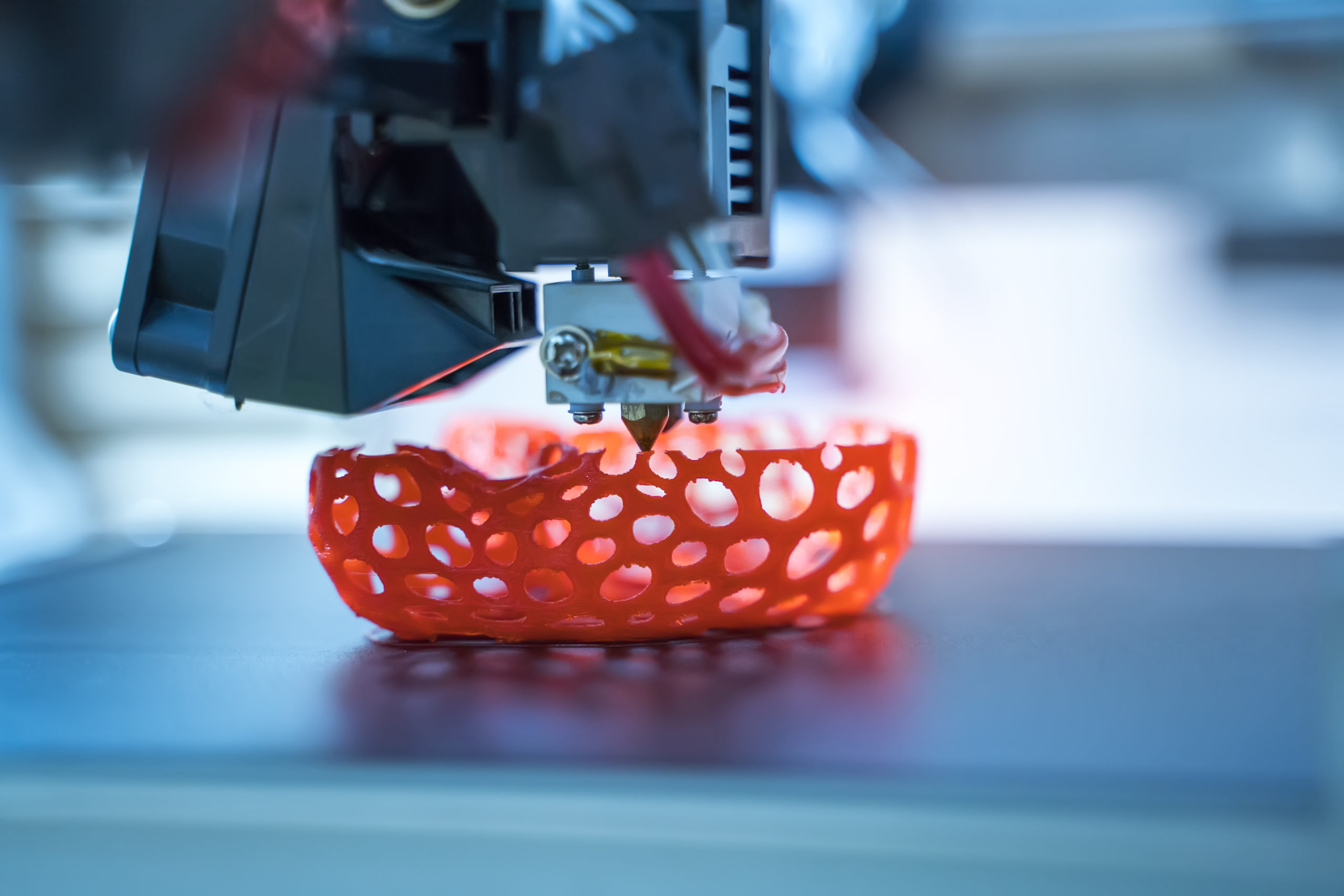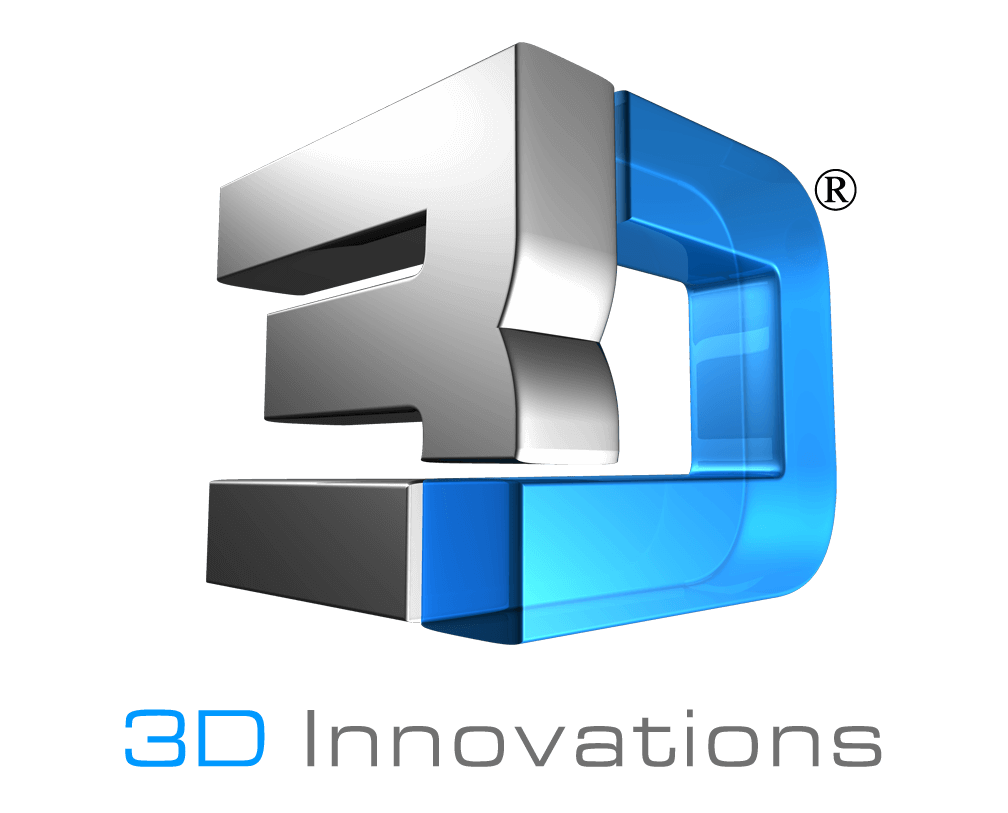5 Benefits of Rapid Prototyping for Product Design and Development
How can your brand stand out in a sea of roughly 30,000 innovative products released each year? One of the most effective approaches is employing a prototype early in the product development phase. Prototyping is creating operational or inoperable models to verify ideas, evaluate designs, and obtain approvals.
It is when your main ideas are pushed to the limit. Your conceptual models should help your team discover what goes, what doesn’t, and where to improve. Gaining this valuable data allows you to reposition if necessary and complete your product to include everything users need and anticipate from your brand.

What Is Rapid Prototyping?
Rapid prototyping is a collection of prototyping techniques based on recurrent processes that speed up the development process of prototypes. It’s a concept employed in fast product development, especially in the conceptual phase. It rethinks the traditional waterfall process by allowing product designers to work quickly and efficiently without wasting time on complex prototypes that might not match the final result after multiple revision cycles.
But how can rapid prototyping benefit your product development process over time? Keep reading as we provide you with this information.
5 Benefits of Rapid Prototyping for Product Design and Development
Rapid prototyping allows you to get the most out of the early stage of product development. Your design team can evaluate the most intriguing ideas on the board by creating a prototype to verify core elements with consumers. Assess how well this conception meets current market demand. Read on! To explore other core advantages of adopting rapid prototyping for product development.
1. Allows for Functionality Testing
Your prototype depicts how your product looks and functions. Testing and retesting allow you to fine-tune your ideas and convert them into outstanding products.
Engineers can test intricate concepts that are often costly and time-consuming to manufacture using rapid prototyping. Designers can also use 3D printing to create products impossible to make with CNC processing or sheet metal fabrication without sophisticated devices.
2. Increases User Participation
Rapid prototyping facilitates participation and constructive criticism from critical stakeholders. You can construct a high-fidelity prototype for users and stakeholders to explore after creating a low to medium-fidelity prototype that fulfills your expectations. This improved strategy makes it easy to get external feedback on the final version of your prospective product and encourages stakeholders to invest in your ideas.
3. Minimizing The Cost of Product Development
Rapid prototyping enables you to convert your idea into reality instantly. Adopting this process can help you get to a finished product that pays off in no time. Any expense decline can assist your net income, regardless of whether you’re a large corporation or a small firm.
Traditional prototyping methods, such as CNC machining, can be much more expensive than 3D printing. Material acquisition, programming tool routes, setting a configuration, operating and overseeing the machine, and ending work all incur higher costs with the latter. In 3D modeling, a file is delivered to the 3D Printer, which analyzes the CAD system data, prints it, and then removes the final piece for finishing, such as sandblasting, sanding, or painting.
4. Ergonomically Evaluation and Identification of Product Hazards
Product engineers can use prototyping to detect possible product safety and compliance issues. This is where you can get to the core of any risk elements in your design, from appearance to performance. Various materials are employed in the prototyping technique, making it simple to identify the suitable composition that guarantees your final product meets your targets.
5. Mitigating the Risks of Product Failure
If severe defects in your product’s design are detected during the evaluation process, you can correct the wrongs before launching your product. A prototype is considerably easier to fix than a finished product. A thorough examination of your design reduces the risk of failure in the long term.
A physical representation of a design reduces risk before an item is made. Besides, 3D printing is so inexpensive, which means a company will face less financial risk if it decides to go completely into a design direction or keep iterating throughout the prototyping stage. Test-and-error is possible because quick prototyping significantly eliminates cost and waste of time risk. Developing a Minimum Viable Product (MVP) is the best way to develop a functional prototype that meets the minimum requirements of the product that is to be tested.
Rapid Prototyping Techniques to Explore for Design and Development
Paper Prototypes
Paper prototyping creates concepts and designs user flows with hand-drawn “displays” that mimic a digital product. Paper prototypes are used to test high-level user experiences rather than interactive algorithms. They are low-fidelity since they lack utility. Paper prototyping’s primary purpose is to define our information architecture and show user flows. The designs are straightforward and usually done in black and white.
Interactive Prototypes
A digital interactive prototype is an interactive model generated and iterated instantly utilizing prototyping tools such as Figma, Invision, and others. Interactive prototypes, like paper prototypes, can be used for preliminary user assessments and stakeholder assessments. In contrast to paper prototypes, interactive prototypes can range from low-fidelity tap screens to high-fidelity interactive prototypes.
Virtual Design/Prototype
A 3D model or 3D design can be used to develop your virtual design. With many CAD software programs on the market today, these can allow for a design workflow and process that integrates form, fit, and function to virtually assembly and even test the product before it is built to reduce the errors in building the physical prototypes. Photo realistic renderings can also be created to show what the final product could look like. Applying lighting, textures, and materials to the design can illustrate creatively how the product might look and can be used for marketing or user feedback.
Functional Prototypes
A functional prototype is a confined depiction of the ideal user experience written entirely in native code. It is built with connections (or simulated connections) to portray and demonstrate real-world data flows and experiences. Functional prototypes are frequently used to produce an encounter that appears, feels, and works like high-fidelity across platforms by combining technological proof of ideas and design prototypes.
High-fidelity Prototypes
The quality of features and functionality in a prototype is measured by its fidelity. In this context, a high-fidelity (also known as high-fi or hi-fi) prototype is a digitally interactive depiction of the product with the most accurate details and functionality to the finished product. The “high” in high-fidelity reflects how the prototype is detailed, allowing you to investigate usability issues and reach inferences about user behavior.
Conclusion
Rapid prototyping is becoming more prominent in product development since its inception. It allows companies to design inventive ideas that are more cost-effective and fast. The advantages of Rapid Prototyping cannot be overemphasized. It should be incorporated into your product design and development process if you want to offer innovative services recognized and valued by users to gain more market share.
So the next time you’re stuck on a product idea or need to evaluate a proposed design, reach out and see how we can assist.
______
Developing Ideas From Concept To Product®
3D Innovations is a Product Development Company – from the 3D Design to a fully functional 3D Prototype & Product.
Connect with us on Twitter, Facebook, Instagram, & LinkedIn today.

